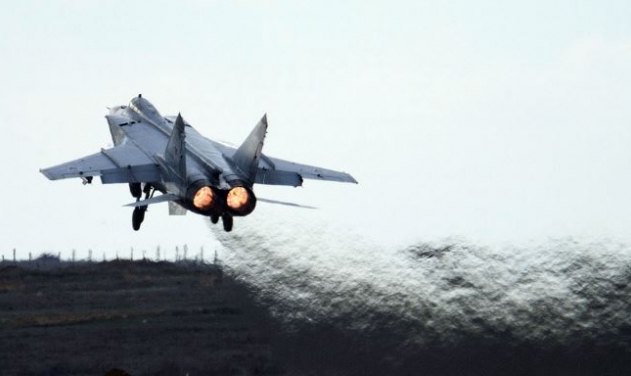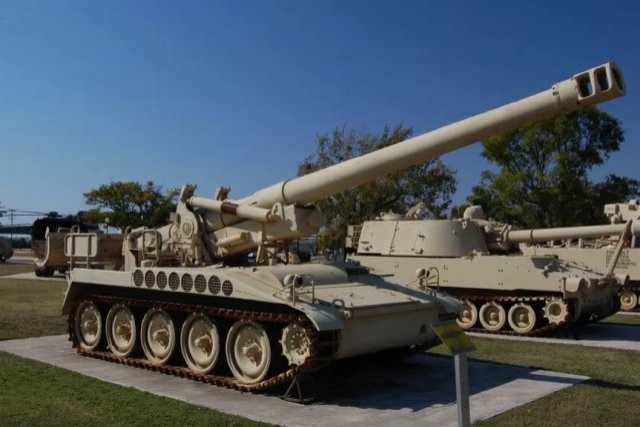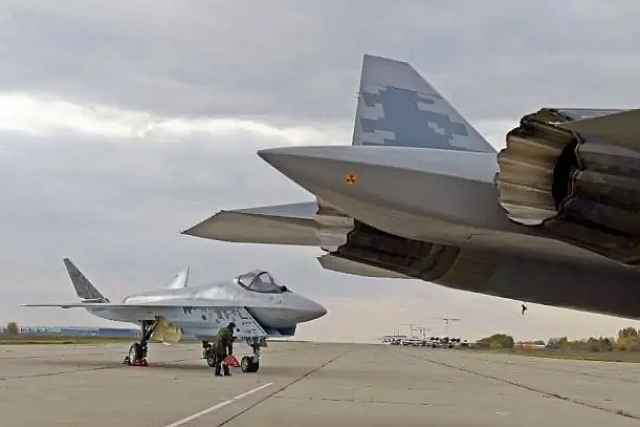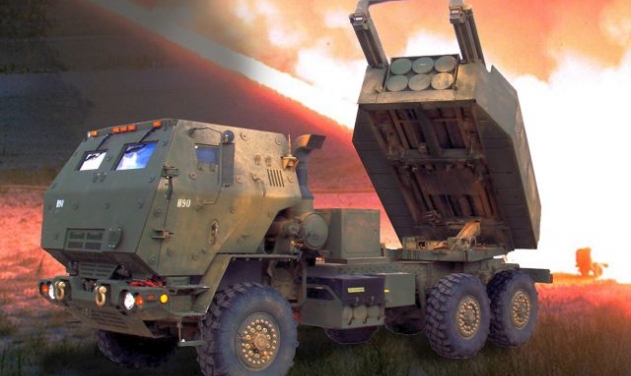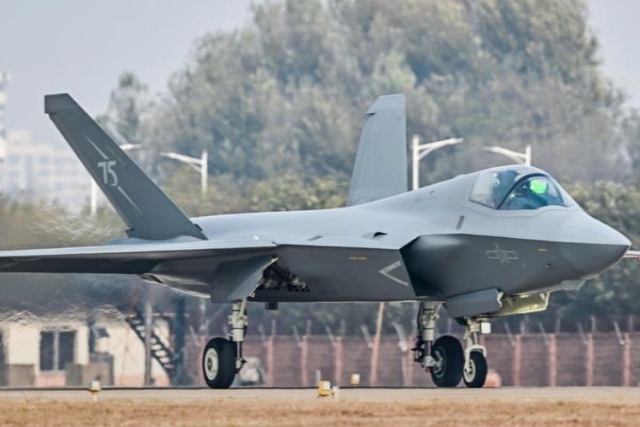Kazakhstan Air Force MiG-31 Crashes, Pilots Bail Out
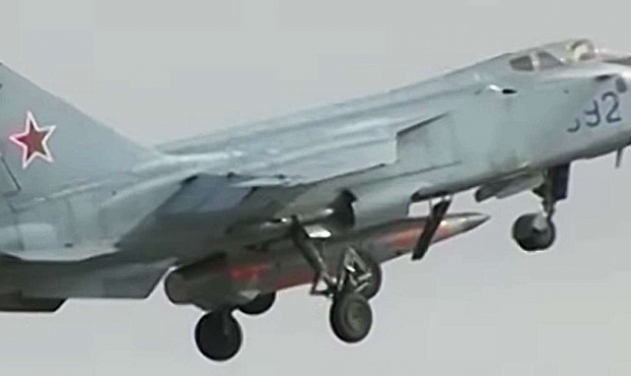
A MiG-31 interceptor aircraft of the Kazakhstan Air Force crashed in the country’s Karaganda on April 16, the Defence Ministry said today.
“The accident occurred south of the airfield in Karaganda. After takeoff, one of the engines caught fire. After receiving an order to eject, military pilots directed the aircraft into a field, making sure that nothing threatened the civilian population, and ejected. The pilots are alive”, a Kazakh defence ministry statement said.
A search and rescue squad from Kazakhstan Air Force promptly arrived at the site of the crash. The Kazakh Minister of Defense has ordered an investigation into the incident.
The Mikoyan MiG-31 is a supersonic interceptor aircraft developed for use by the Soviet Air Forces in the late 1970s.
The MiG-31 is one of the fastest combat jets in the world developed as a successor to the MiG-25 high altitude, high speed reconnaissance/interceptor jet. Tthe Kazakhstan Air Force has some 50 of them, the only air force outside Russia to currently operate the once-highly rated jet.
The MiG-31 was designed to intercept cruise missiles and their launch aircraft by reaching missile launch range in the lowest possible time after departing the loiter area.
The MiG-31 was the world's first operational fighter with a passive electronically scanned array radar (PESA), the Zaslon S-800.
The awesome speed the aircraft is capable of comes from its 2 × Soloviev D-30F6 afterburning turbofan engines, 93 kN thrust each dry, 152 kN with afterburner.
Upgraded Russian MiG-31s are being used as missile interceptors and to launch the The Kh-47M2 Kinzhal ("dagger") nuclear-capable air-launched ballistic missile.


